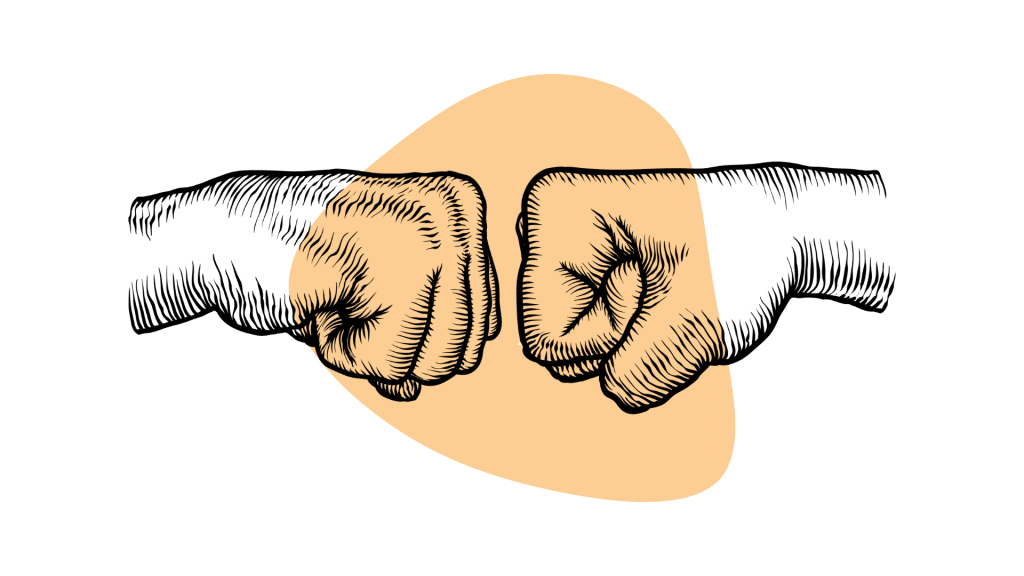Examples of Psychedelic Usage in Sports .Without hard evidence from clinical studies, the claim that psychedelics can improve sports performance depends on illustrative examples. Luckily, there are several documented cases where athletes under the influence of psychedelics performed impressive feats at the highest levels of competition.
On June 12th, 1970, Pittsburgh Pirates pitcher Dock Ellis threw a no-hitter while on LSD. Ellis walked eight batters and hit another but didn’t allow any hits, a feat that garners respect around baseball even if it isn’t as impressive as the elusive perfect game. Interestingly, it was the only no-hitter that Ellis threw in his career, making a compelling case that the LSD improved his performance.
Another example of an elite athletic accomplishment on LSD comes from Sarah Rose Siskind’s performance in the 2019 Burning Man ultramarathon. Sarah completed the 31-mile run in the blistering heat of Black Rock City, Nevada. She said that she liked the interaction between the psychoactive effects of LSD and the runner’s high, saying that she believes the two experiences complement one another.
Psychedelics are also popular in extreme sports like snowboarding and skateboarding. Competitors in these sports believe that psychedelics help them create new tricks and help them express themselves on the slopes or at the skatepark. Countless user reports — like this Reddit post — claim that microdosing LSD improves snowboarding performance by enhancing a person’s focus. Whether or not such claims are true is difficult to determine, but the anecdotal evidence is compelling.
Are Psychedelics Considered Performance-Enhancing Drugs (PEDs)?
Not generally, no. There is not enough hard evidence to classify psychedelics as PEDs, so most major athletic governing bodies don’t ban them or test for them. The consensus is that the effects psychedelics have are small compared to the significant, well-established boost that drugs like steroids or Adderall provide, making it less of a regulatory issue.

Microdosing 101
Microdosing is a generic term psychonauts use that implies using very small doses of psychedelic compounds. The dose is roughly 10% of a standard psychoactive dose (or less) and has no noticeable psychoactive effects.
People are drawn to microdosing because it reportedly offers many of the mind-expanding benefits of full-size doses without launching them into a full-scale, multi-hour trip.
Getting the Dose Right
Microdosing doesn’t require any special delivery method, but it’s important to get the dose right. Here are some quantitative guidelines for microdosing common psychoactive substances.
- Magic Mushrooms (psilocybin): 200 mg (0.2 g)
- LSD: 8 – 12 micrograms (1/9 a tab of acid)
- MDMA (ecstasy): 5 – 10 mg
Set & Setting Still Matter
Your mindset and where you take powerful psychedelics like LSD or psilocybin are extremely important factors to consider when taking a normal dose. Heading into a trip with a negative attitude or anxiety is a recipe for a bad trip and a frightening, stressful experience. With microdosing, set and setting are still important, although getting it wrong doesn’t carry the same severity of consequences.
For athletes, microdosing is a tool to help them perform better, so it can help to spend a few minutes setting that intention before microdosing. Many athletes also practice visualization to improve their performance and doing so before microdosing may produce stacking effects, according to some microdosing reports.
Frequency: How Often Should I Microdose?
Most experts don’t recommend taking psychedelics every day, even if you’re microdosing. Many athletes using magic mushrooms or LSD in their training regimen recommend microdosing every other day or only during the week (take weekends off).

Wrapping Up: Is Microdosing Helpful for Athletes?
Most athletes who have experimented with microdosing seem to believe that it helps them perform better. While there are some theories and early scientific findings that support these claims, there isn’t enough data to make any definitive claims.
With that said, microdosing is generally considered safe. Many athletes looking for an additional edge over their competition are experimenting on their own with different kinds of psychedelics and posting their results online in the form of blog posts, testimonials, and videos. As time goes on, more evidence is mounting in support of a proper clinical trial to explore these effects in a controlled setting.